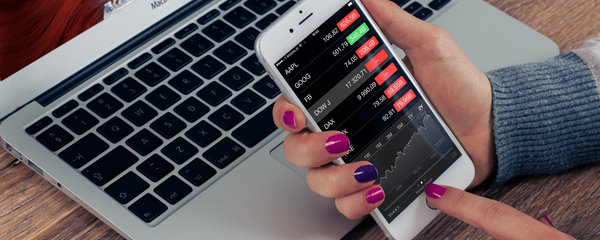Inflation and interest rates have been in the news lately.
You may have seen articles about "inflation targeting" and the decision by the SA Reserve Bank last week to keep interest rates unchanged.
What does this have to do with your savings plan?
There are two important things to understand.
Firstly, inflation – the increasing costs of goods and services – means that the things you buy gradually go up in price. In other words, your money is worth slightly less each month.
Secondly, when interest rates are lower than the inflation rate your savings are not working for you. To grow your wealth, the rate of interest you earn on your savings needs to be higher than inflation. Interest rates below inflation mean your savings targets continually move away from you as the purchasing power of money declines.
Which gets us back to the effects of COVID-19.
The pandemic – and government responses to the pandemic – have created a situation around the world where inflation is higher than interest rates.
In South Africa the inflation rate, which dropped to almost 2% in June 2020, has crept back up to 4.6% (and was at 5.2% in June 2021).
The average interest rate on money market accounts, however, is 4%. These are the best short-term interest rates available to retail investors. If you're in an ordinary savings account you may only be getting 2% – half the level of inflation. And remember, you may still have to pay tax on the interest you earn, further widening the gap between inflation and your net rate-of-return.
If it's any consolation, the situation is even worse in many other countries. In the USA, for example, inflation hit 5.4% in July and short-term interest rates are well below 1%. Saving money in an ordinary savings account is unpromising at best.
This is one of the reasons that US stock markets are so high – investors would rather take their chances in shares, hoping for dividends and capital gains, than see their savings lose value in real terms.
What does COVID have to do with this?
Lockdowns, job losses and economic fallout have directly affected policy. In normal times, interest rates typically rise with inflation – this changed because of COVID. In many countries, South Africa included, central banks have kept interest rates low in order to help people affected by COVID and stimulate economic recoveries. At the same time, governments have injected money into economies – by paying special COVID grants, for example – and this "printing" of money drives up prices.
The COVID pandemic, in short, has created a situation of comparative high inflation and low interest rates.
More importantly, this situation is likely to continue for at least a few years.
What can you do, as an investor, to combat a situation where interest rates do not even preserve the spending power of your money?
For longer-term savings goals, the obvious solution is to look at other asset classes. A low interest rate environment, for example, is often a good time to consider property – if you don't own the flat or house where you live, this might be an opportunity to buy (it's a buyer's market, meaning there are more sellers than buyers, and mortgage bond rates are attractive).
The other option is the stock market, where dividend yields are sometimes as good as interest rates and, in the long term, there are good prospects of capital gains. Dividends on the Satrix DIVI fund, for example, amounted to almost 5% on the purchase price a year ago (plus the price has gone up some 35%). Although there is no guarantee these returns will be repeated, the rate-of-return over 5 years, based on the history of the stock market, is likely to be better than interest rates.
Obviously, these are not options where short-term goals are being pursued.
The Flip Side
Lower interest rates mean lower minimum payments on credit cards and, in some cases, other short-term debt products.
Lower payments means a little more money in your account.
The worst thing you can do in the current environment is increase your indebtedness with consumption spending on credit just because you can.
Rather use this opportunity to pay down both productive and unproductive debt. Use that little bit extra to reduce debt.
Unproductive debt – money spent on luxuries and things you don't really need – should be tackled first. It's almost always more expensive than productive debt (loans that help you buy things of value, like property) and is more of a drain on your income.
Accelerated payments on productive debt have a positive double whammy – they immediately reduce the interest burden (so that fractionally more of each month's payment goes towards paying off the capital portion of the loan), and they reduce the overall term of the loan (so that you get to own a debt-free asset that much faster) as we explained here.
Lowish interest rates and higher inflation are going to be with us for a while – take advantage of low rates now so that you are less disadvantaged by the higher prices we will face in two or three years time.







![What's the Level of Financial Literacy in South Africa? [+ financial literacy quiz]](/blog/content/images/size/w600/2023/09/financial-literacy.png)


